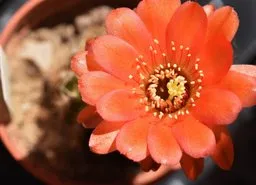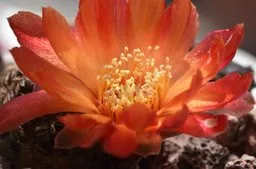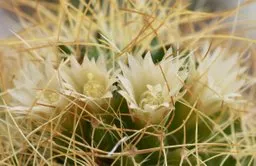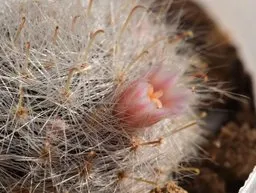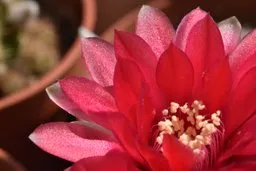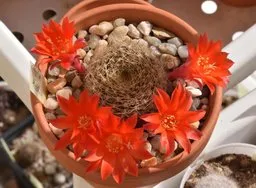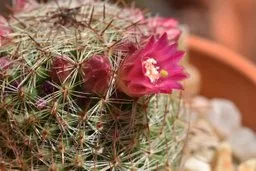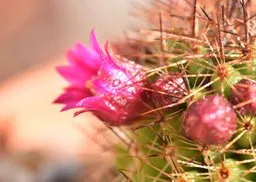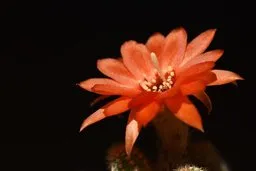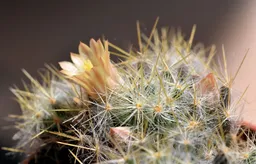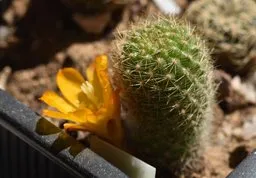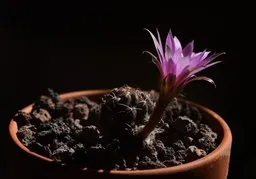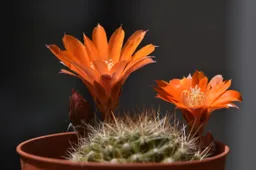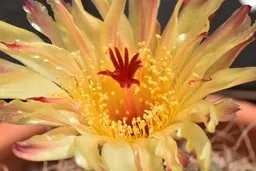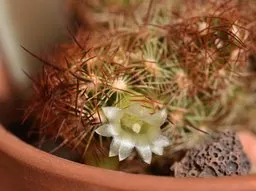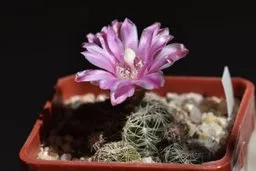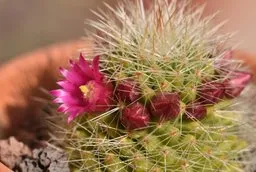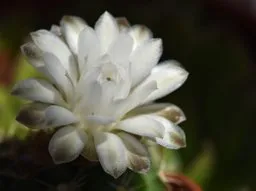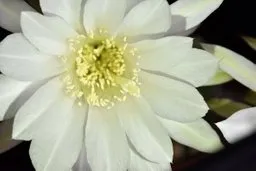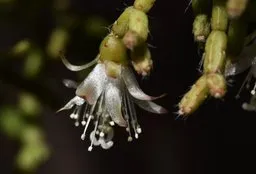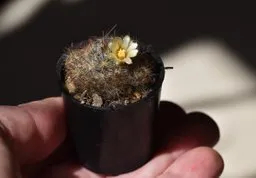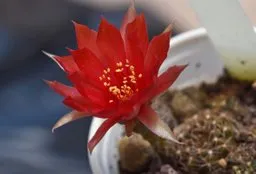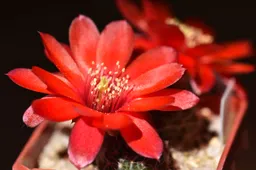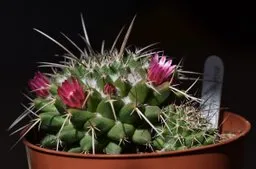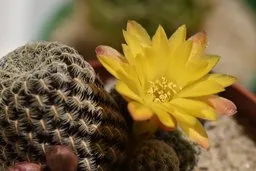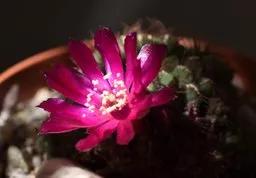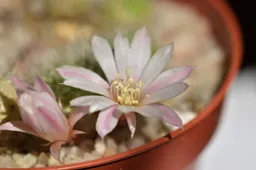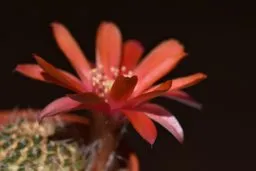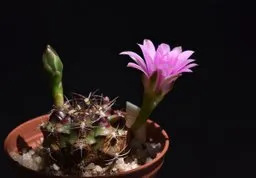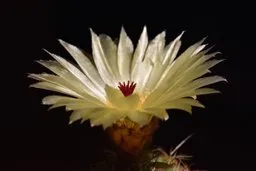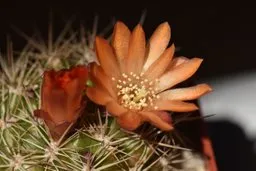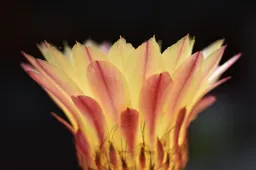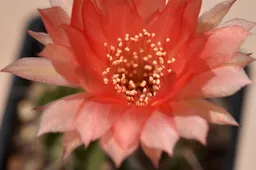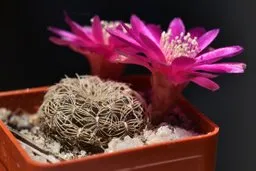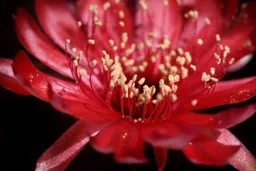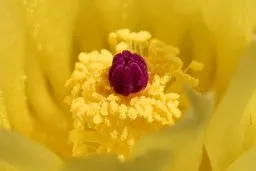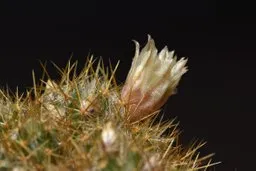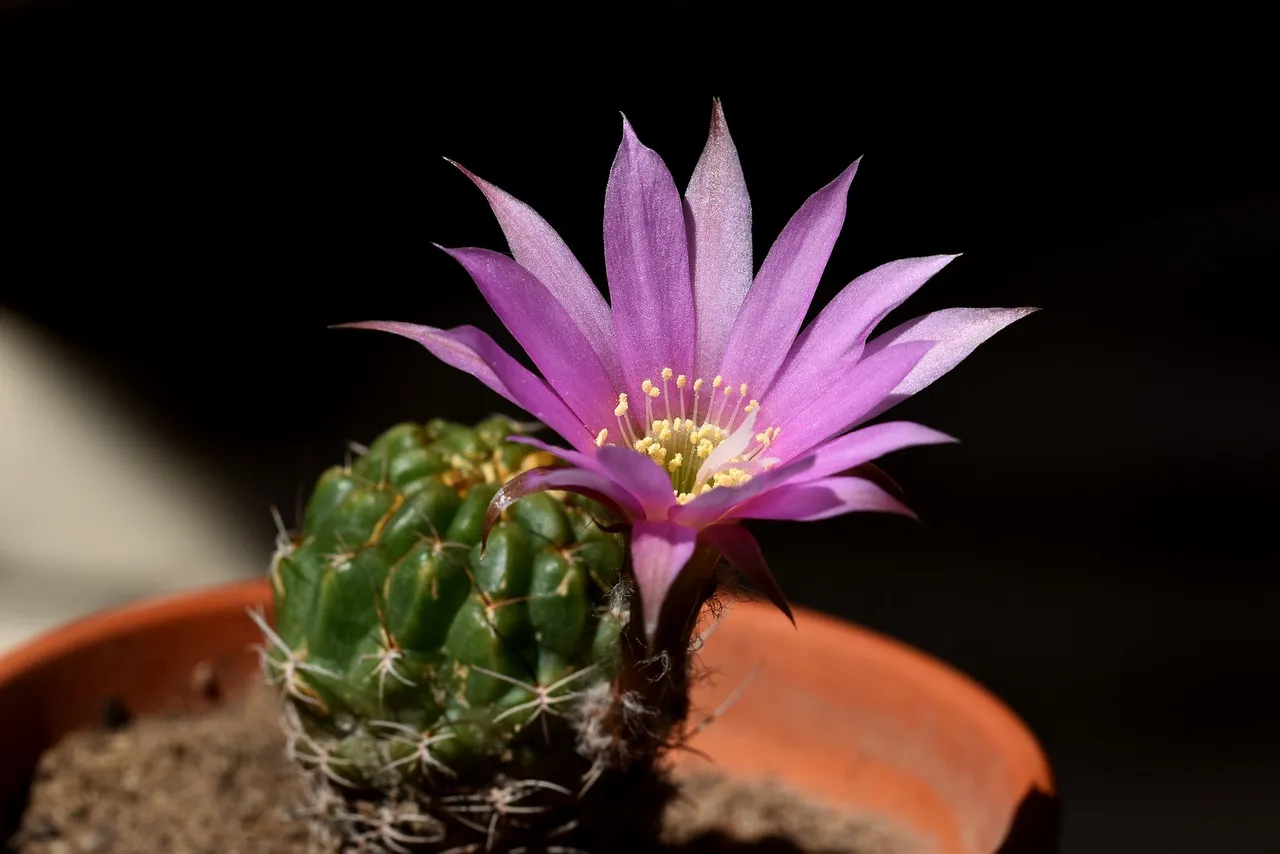
This is one of the last cacti that was still in a clay pot this year. I have 3 or 4 left that will report later on (more spines in the skin.. yay!). Few years ago when I got lots of little cuttings I bough tons of small clay pots as I thought they will be ideal for cacti in my climate. And also because I really like the look of clay. Unfortunately the small ones are no good at all. They dry out way too fast, even for cacti. So slowly I was moving them to plastic ones. This one got a new pot after it was done blooming, so the photos are still with the clay.
Lobivia Wrightiana
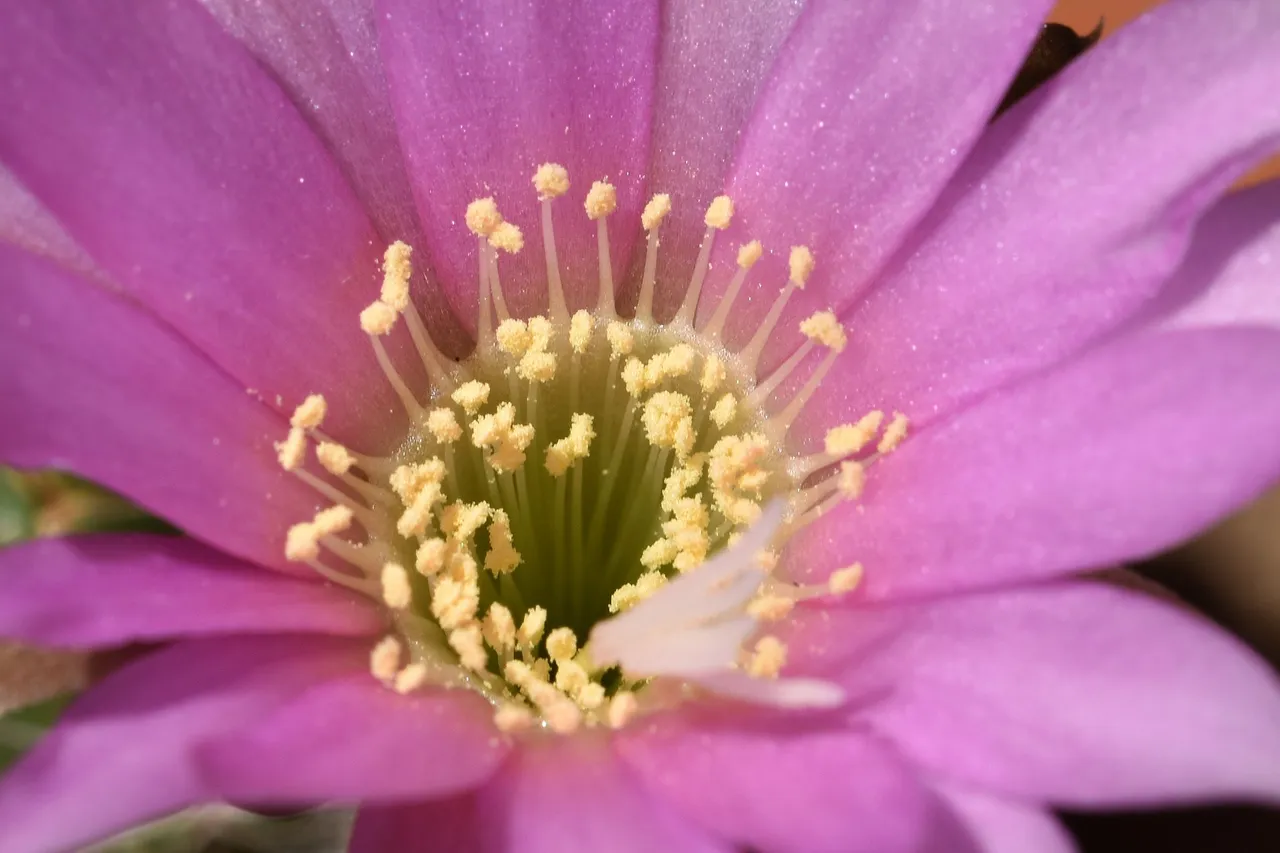
The plant has a big tap root so planting it in a bit bigger clay made sense to me at the time. Most of all I am worried about root rot and those with tap root are more sensitive to soil staying most too long.
But for the 3 years it didn't grow very much. It was also shrinking a lot during the winter.
Last year it started tog grow a flower bud, but it blasted. And of course you can see the ugly marks, which are probably after spider mites. The growth was very slow and miserable.
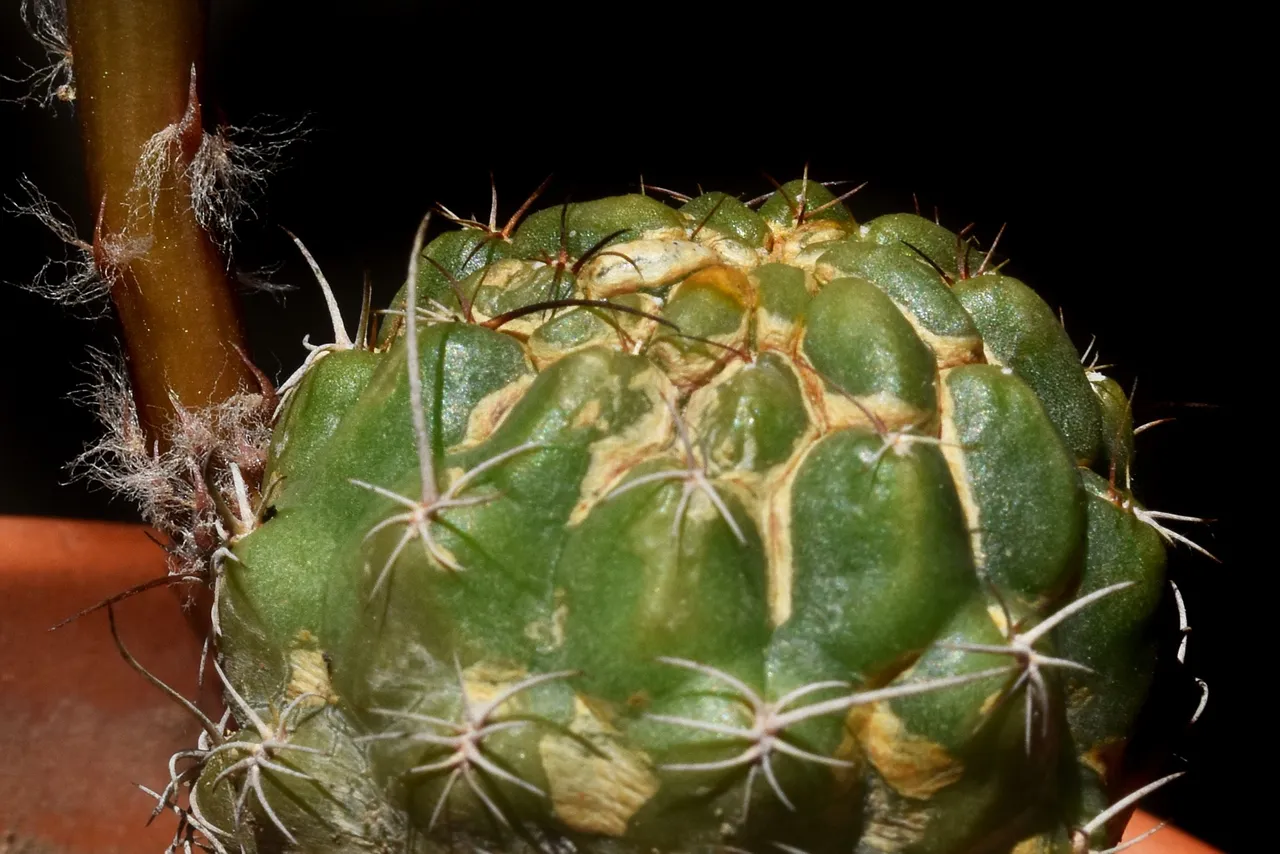
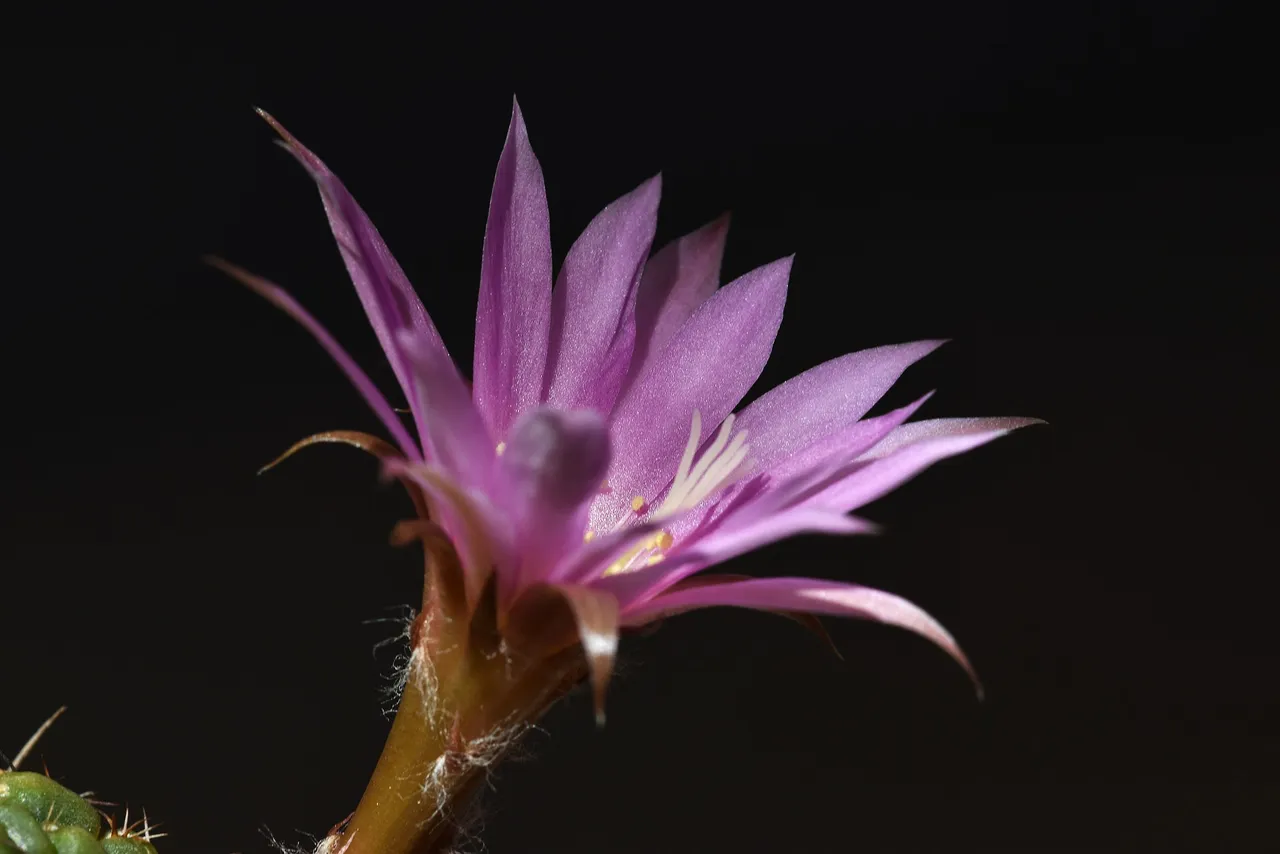
Now that it has been in a new pot for a few weeks it looks like it got a new life and I already see a significant new growth. I am really hoping to see more flowers next year and maybe some offshoots too. Fingers crossed.
This cactus can be also found under Echinopsis backebergii name or Echinopsis winteriana. I am gonna keep it in Lobivia category though as this is how I received it.
It is rather small cactus native to Bolivia. It is meant to be easy to grow but as I mentioned it can be easy to rot due to the fatty root that stores water and nutrients.
To bloom it needs dry and cold winter, even close to 0 (zero) degrees C. It can withstand frosty nights if kept completely dry.
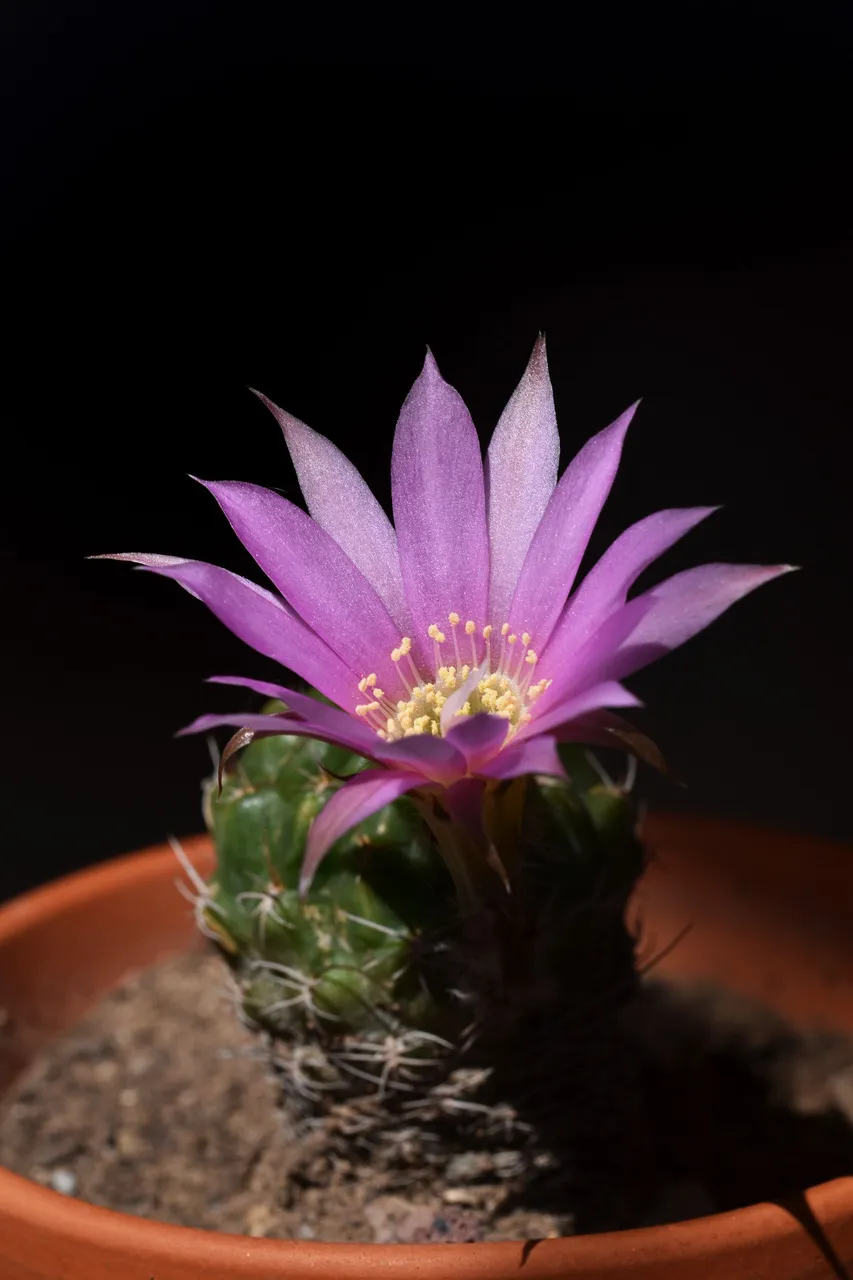 | 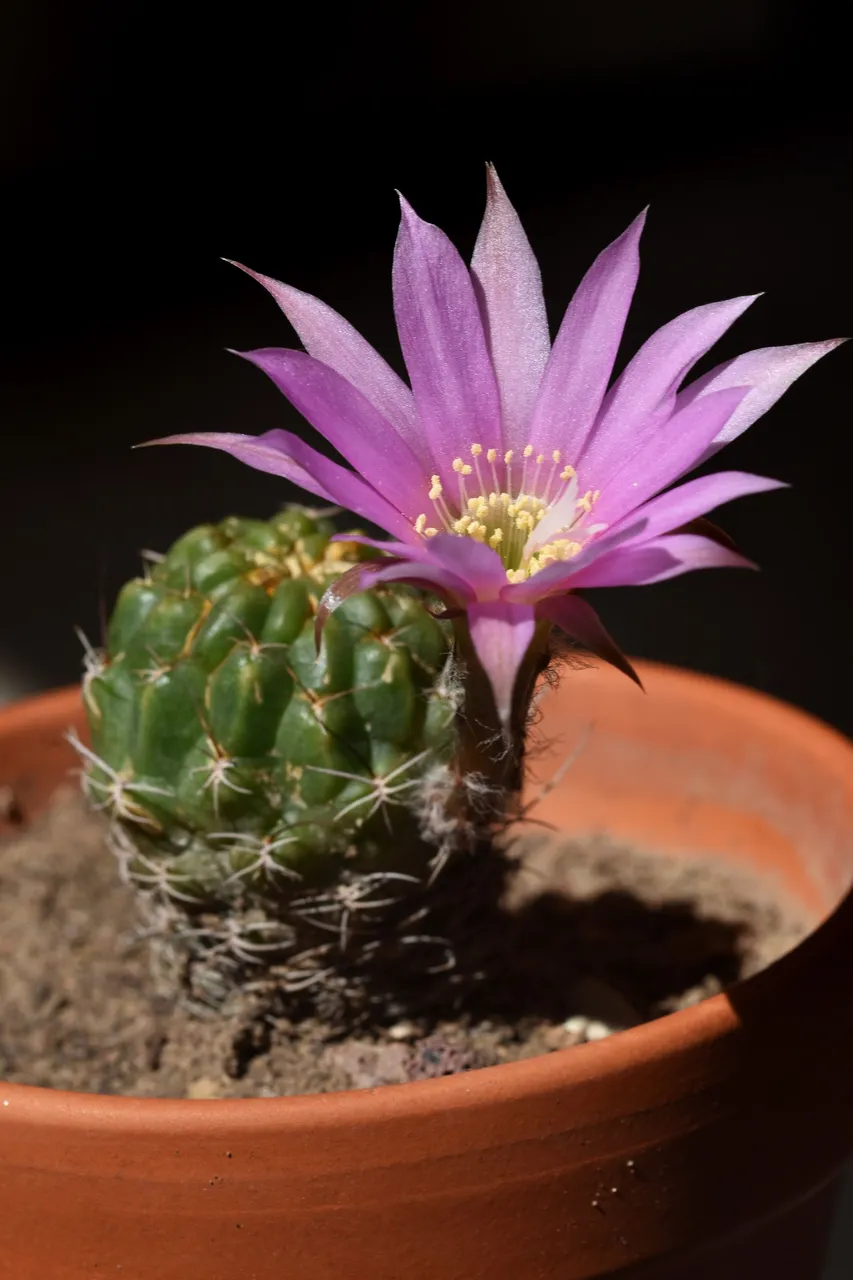 |

I wish I had another Lobivia blooming in the same time - I could try to cross-pollitnate them. This one bloomed for me twice and it never had any fruits after.
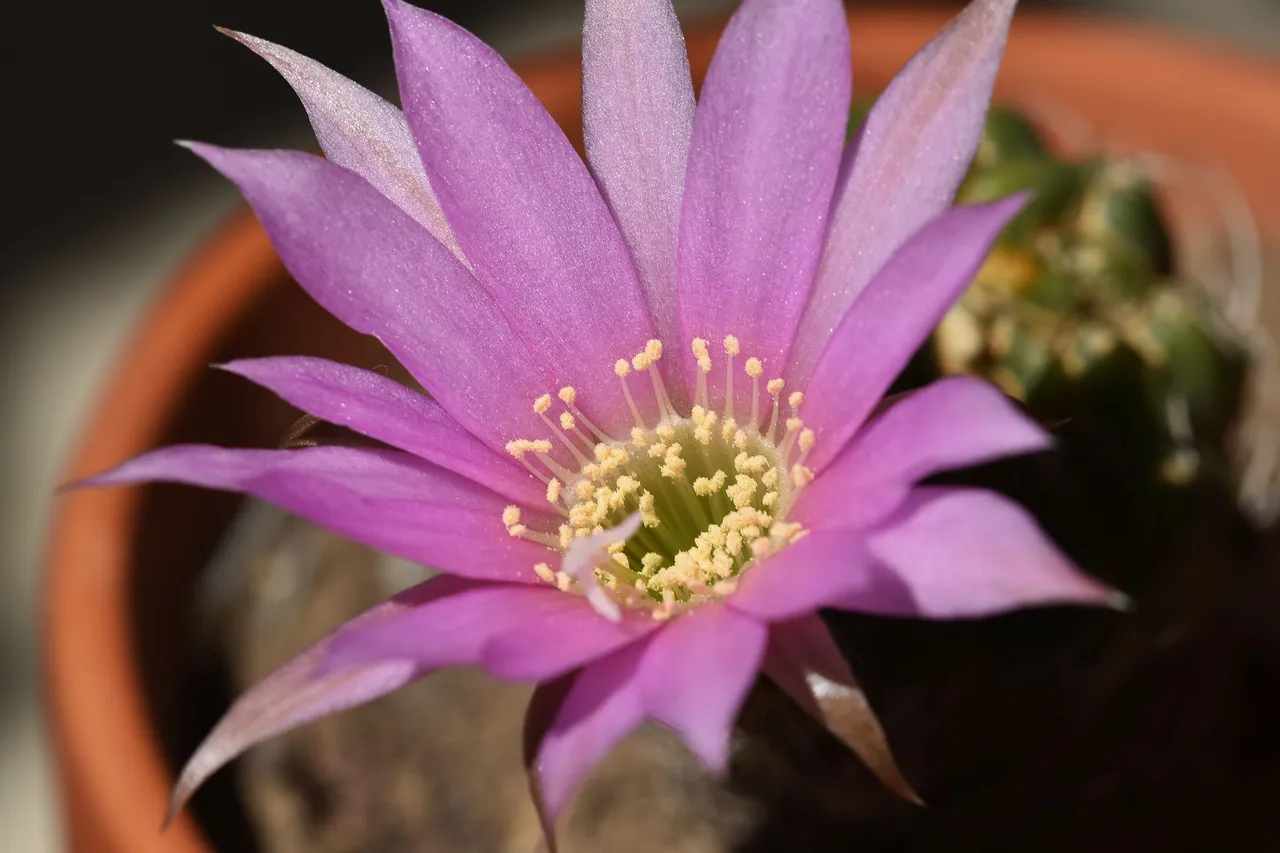
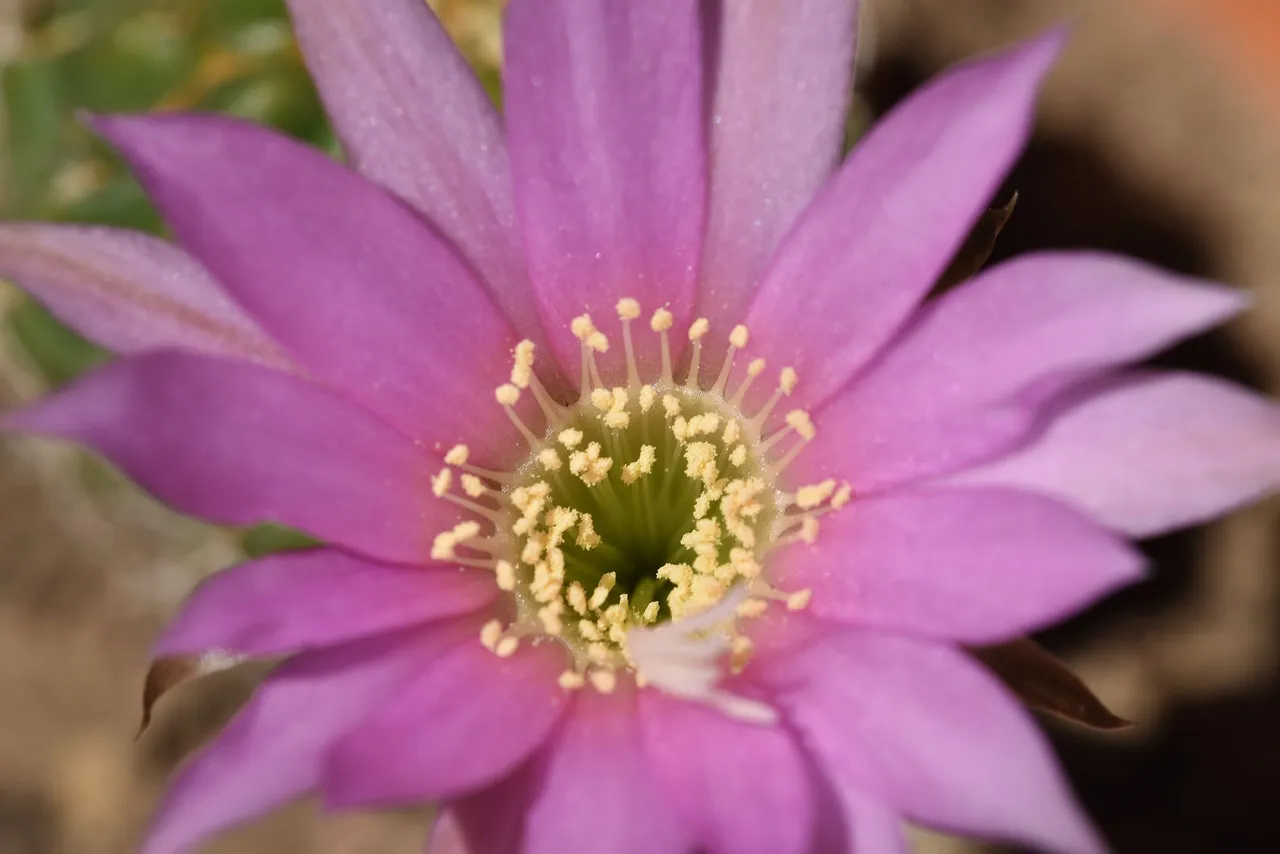
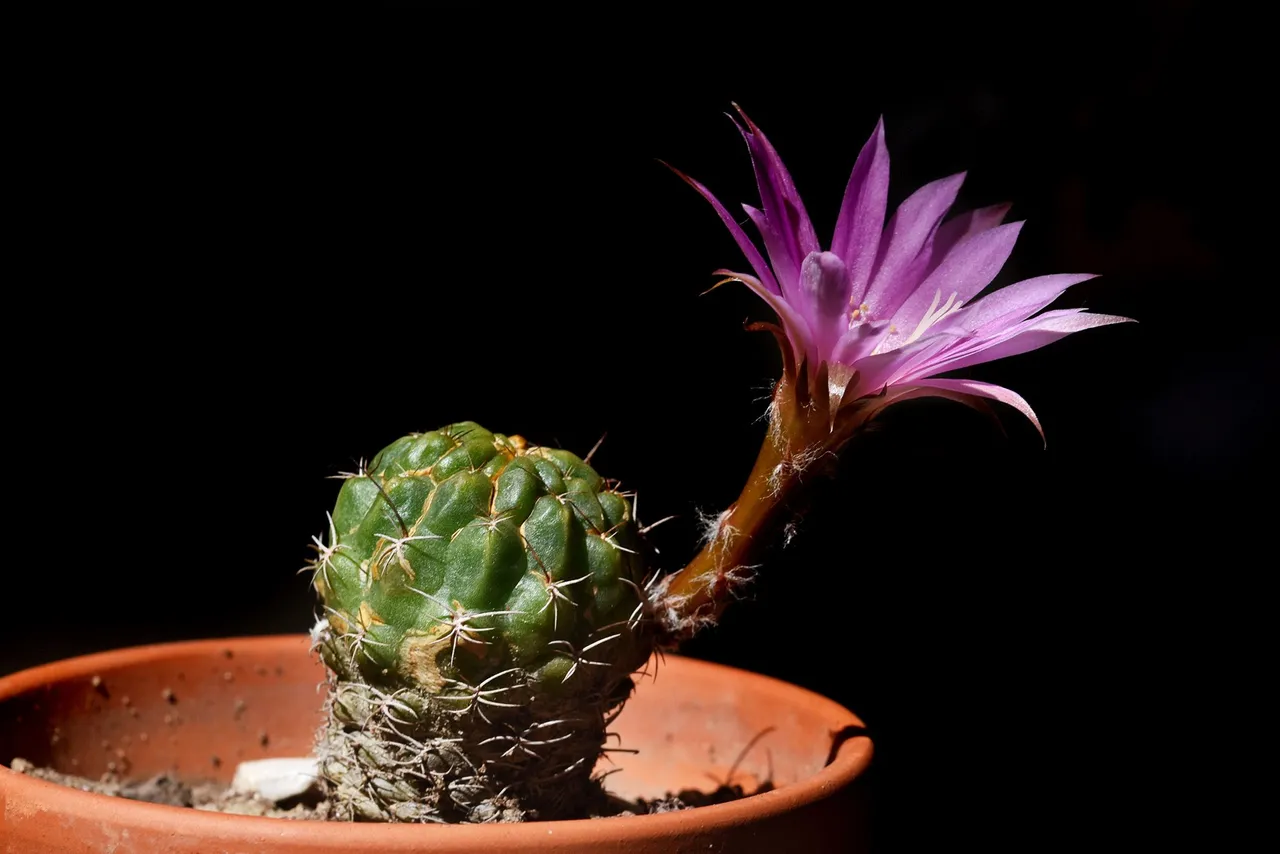
My other blooming cacti:
Shot with Nikon D5500 + Sigma 105mm lens
All photos and text are my own.
